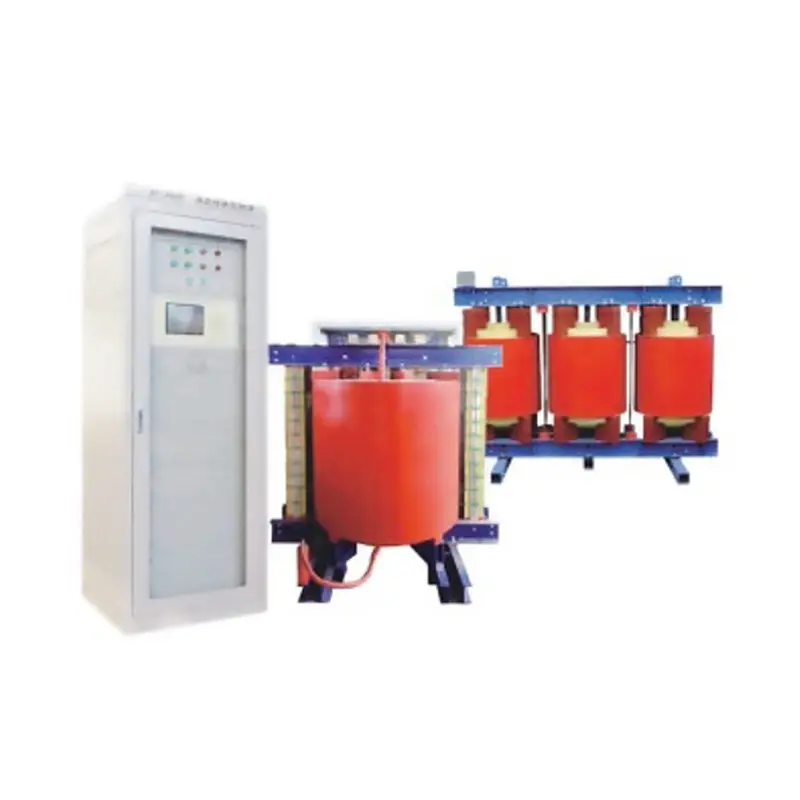Phase-controlled arc suppression coils, also known as “high short-circuit impedance type”, are key components in power distribution networks. Its primary winding is connected to the neutral point of the distribution network as the working winding. The structural principle of the device is to short-circuit two reversely connected thyristors, with the secondary winding serving as the control winding. By adjusting the conduction angle of the thyristor, the short-circuit current of the secondary winding can be controlled, thereby adjusting the reactance value.
as the working winding. The structural principle of the device is to short-circuit two reversely connected thyristors, with the secondary winding serving as the control winding. By adjusting the conduction angle of the thyristor, the short-circuit current of the secondary winding can be controlled, thereby adjusting the reactance value.
One of the key characteristics of phased arc suppression coils is their controllability. The conduction angle of a thyristor can vary from 0° to 180°, causing the equivalent impedance to vary from infinity to zero. This in turn allows the output compensation current to be continuously and steplessly adjusted between zero and rated value.
This level of control is crucial for managing distribution networks as it enables operators to fine-tune reactance values to specific requirements. By adjusting the conduction angle of the thyristor, the phase-controlled arc suppression coil can effectively reduce the impact of short-circuit current and ensure the stability and reliability of the distribution network.
In practical applications, phase-controlled arc suppression coils play a vital role in improving the overall performance of electrical systems. Its ability to provide controlled regulation of reactance values makes it a valuable asset for managing power quality and ensuring efficient operation of distribution networks.
In summary, the complete set of phased arc suppression coils provides a sophisticated solution for managing short-circuit currents and optimizing the performance of distribution networks. Its structural principles and controllability make it an indispensable component of modern power systems, contributing to the overall reliability and stability of power infrastructure.
Post time: Jun-07-2024